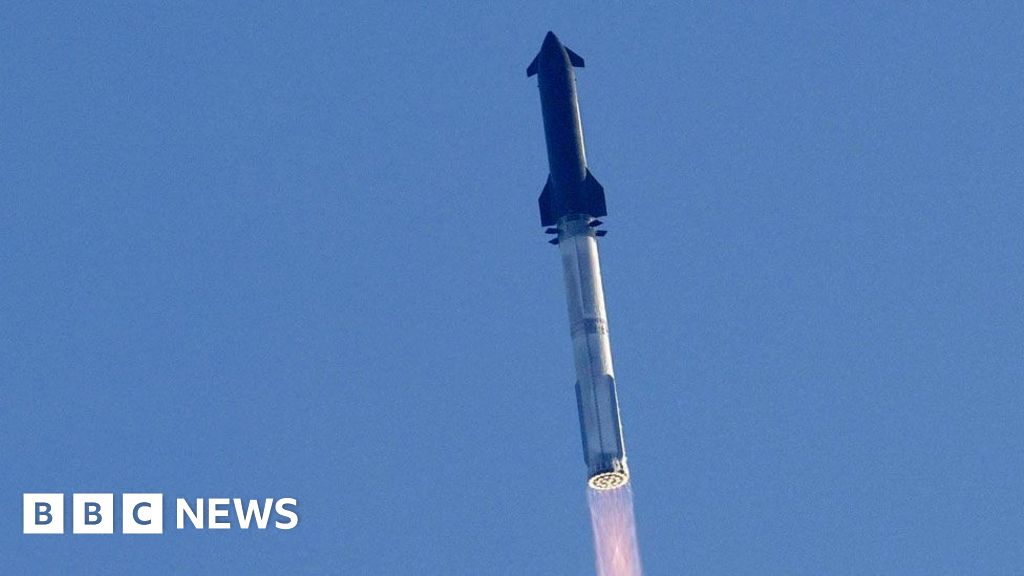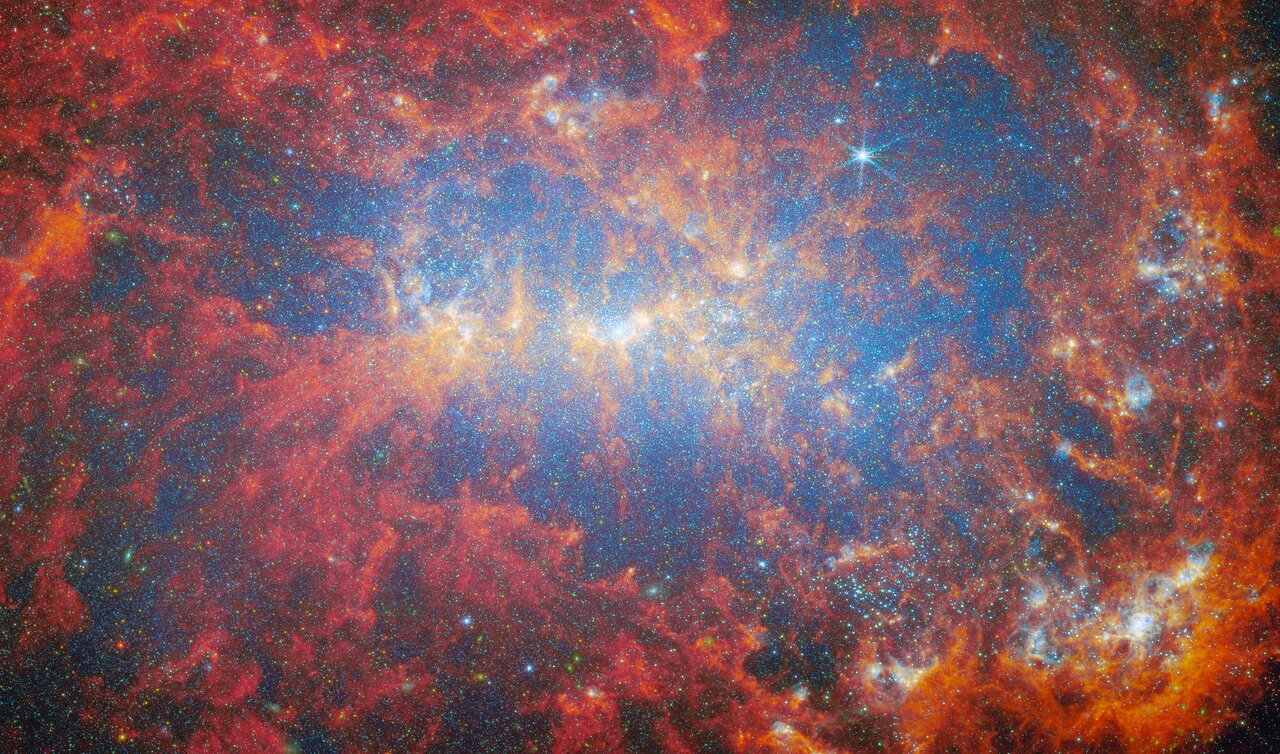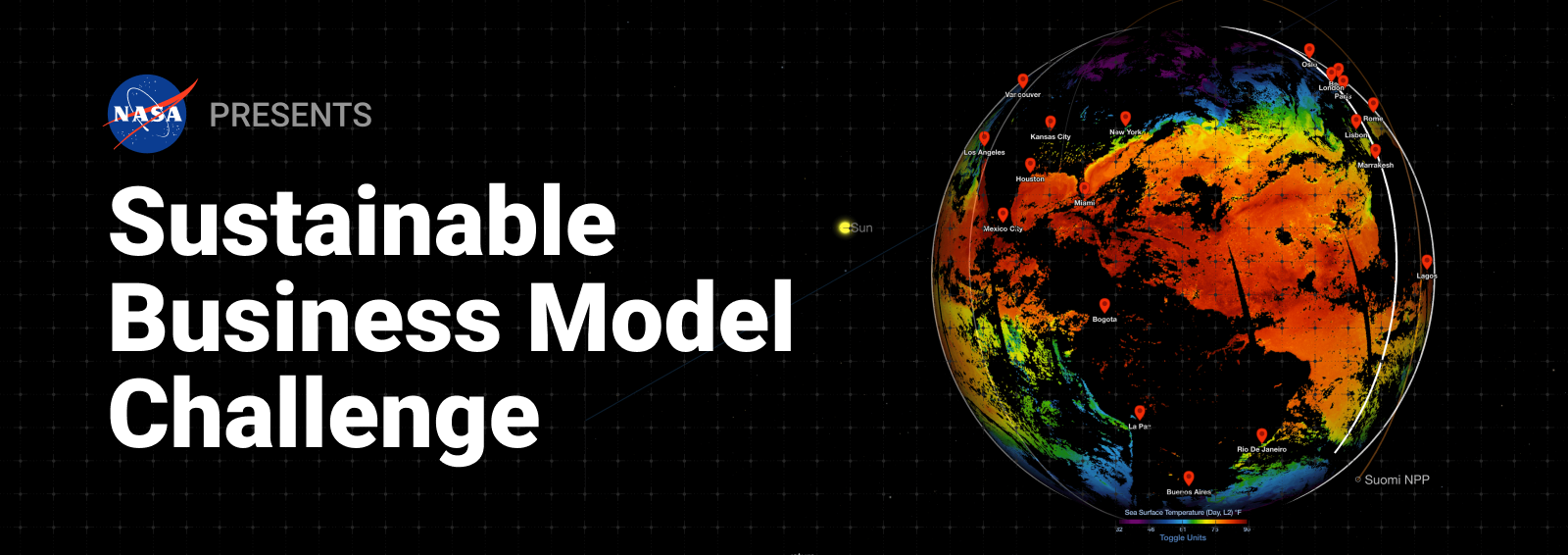What's next for SpaceX?
The Federal Aviation Administration has ordered SpaceX to carry out a formal investigation into the breakup of its Starship rocket during a test flight Thursday that sent a spectacular shower of flaming debris plummeting back to Earth, the agency announced Friday.
"The FAA is requiring SpaceX to perform a mishap investigation into the loss of the Starship vehicle during launch operations on Jan. 16," the FAA said in a statement. "There are no reports of public injury, and the FAA is working with SpaceX and appropriate authorities to confirm reports of public property damage on Turks and Caicos."
 Image taken from video shows the debris from a SpaceX Starship that broke apart during a test flight on Jan. 16, 2025.
Greg Munch
Image taken from video shows the debris from a SpaceX Starship that broke apart during a test flight on Jan. 16, 2025.
Greg Munch
Within minutes of the Starship's breakup, along with videos posted on social media showing a shower of debris from a sudden fireball — possibly propellants igniting in the wake of the failure — the FAA activated a "Debris Response Area" and "briefly slowed aircraft outside the area where space vehicle debris was falling."
Other aircraft were briefly held up at South Florida airports and several "requested to divert due to low fuel levels while holding outside impacted areas," the agency said.
SpaceX, meanwhile, said initial data indicated a fire broke out in the rear part of the Starship, triggering the vehicle's destruction.
"The Starship upper stage successfully lit all six Raptor engines and performed its ascent burn to space," the company said on its web page. "Prior to the burn's completion, telemetry was lost with the vehicle after approximately eight and a half minutes of flight. Initial data indicates a fire developed in the aft section of the ship, leading to a rapid unscheduled disassembly."
A "rapid unscheduled disassembly," or RUD, is a description favored by SpaceX founder Elon Musk when referring to catastrophic rocket failures. SpaceX set up a "debris hotline" at 1-866-623-0234 and urged anyone who finds Starship wreckage to call or notify the company at recovery@spacex.com.
Mishap occurred during test flight
The mishap occurred during the seventh test flight of a giant Super Heavy-Starship rocket from SpaceX's Gulf Coast manufacturing and flight test center at Boca Chica, Texas.
 The Starship upper stage, mounted atop the Super Heavy booster and flanked by two mechanical arms known as "chopsticks" that are used to catch returning boosters as they return to the launch site.
SpaceX
The Starship upper stage, mounted atop the Super Heavy booster and flanked by two mechanical arms known as "chopsticks" that are used to catch returning boosters as they return to the launch site.
SpaceX
The Super Heavy first stage chalked up a successful mission, boosting the Starship upper stage out of the lower atmosphere, then flipping around and flying back to seaside firing stand where it was plucked out of mid air by giant mechanical arms on the launch tower.
The Starship, meanwhile, continued toward space on the power of its six engines. But about eight-and-a-half minutes after liftoff, telemetry shared on SpaceX's webcast showed the engines shutting down in a staggered fashion before data suddenly froze and stopped updating.
Numerous photos and videos posted on social media showed smoking debris trails fanning out from a fireball in the late afternoon sky in a scene reminiscent of the shuttle Columbia's breakup in 2003 and the Russian Mir space station's intentional re-entry and disintegration in 2001.
The mishap Thursday is not expected to impact SpaceX's commercial operations. The company dominates the commercial launch industry with its partially reusable Falcon 9 and Falcon Heavy rockets launched from Florida and California and those boosters do not share any common elements with the Starship.
But Musk views the Super Heavy-Starship, the most powerful rocket ever built, as the future of the company, with both stages designed to fly themselves to rocket-powered landings for rapid refurbishment and re-launch, a key element in the company's drive to lower launch costs.
SpaceX is in the process of ramping up test flights to quickly verify performance, test new ideas, identify problem areas and implement fixes in downstream flights.
 The Super Heavy-Starship on its Gulf Coast launch pad Thursday being fueled for blastoff.
SpaceX
The Super Heavy-Starship on its Gulf Coast launch pad Thursday being fueled for blastoff.
SpaceX
How the FAA-mandated investigation might affect the test schedule is not yet known.
"A mishap investigation is designed to enhance public safety, determine the root cause of the event and identify corrective actions to avoid it from happening again," the FAA said.
"The FAA will be involved in every step of the SpaceX-led mishap investigation process and must approve SpaceX's final report, including any corrective actions. A return to flight is based on the FAA determining that any system, process or procedure related to the mishap does not affect public safety."
How long the investigation might take -- and when the Super Heavy-Starship might fly again -- is not yet known. But it almost certainly will stretch out SpaceX's test program.
Going into Thursday's test flight, SpaceX said 2025 "will be transformational for Starship with the goal of bringing reuse of the entire system online and flying increasingly ambitious missions as we iterate towards being able to send humans and cargo to Earth orbit, the moon, and Mars."
Getting the Super Heavy-Starship flying on a regular basis is critical to NASA's Artemis moon program. NASA is paying SpaceX to develop a variant of the Starship upper stage to carry astronauts down to the lunar surface in 2027.
To send a Starship to the moon, SpaceX must first launch it to low-Earth orbit where a succession of other Starship "tankers" will have to rendezvous, dock and autonomously refuel the moon-bound ship so it can blast out of Earth orbit and head for deep space.
Astronauts launched by NASA's Space Launch System rocket then will rendezvous with the Starship in lunar orbit and then descend to the surface.
NASA's contract requires one unpiloted lunar landing test flight before astronauts can be cleared to ride one down to the surface. The ongoing test program will determine when that might be possible.
Bill Harwood has been covering the U.S. space program full-time since 1984, first as Cape Canaveral bureau chief for United Press International and now as a consultant for CBS News.

 By CBS (Science, Space) | Created at 2025-01-17 21:08:06 | Updated at 2025-01-18 02:02:27
5 hours ago
By CBS (Science, Space) | Created at 2025-01-17 21:08:06 | Updated at 2025-01-18 02:02:27
5 hours ago








